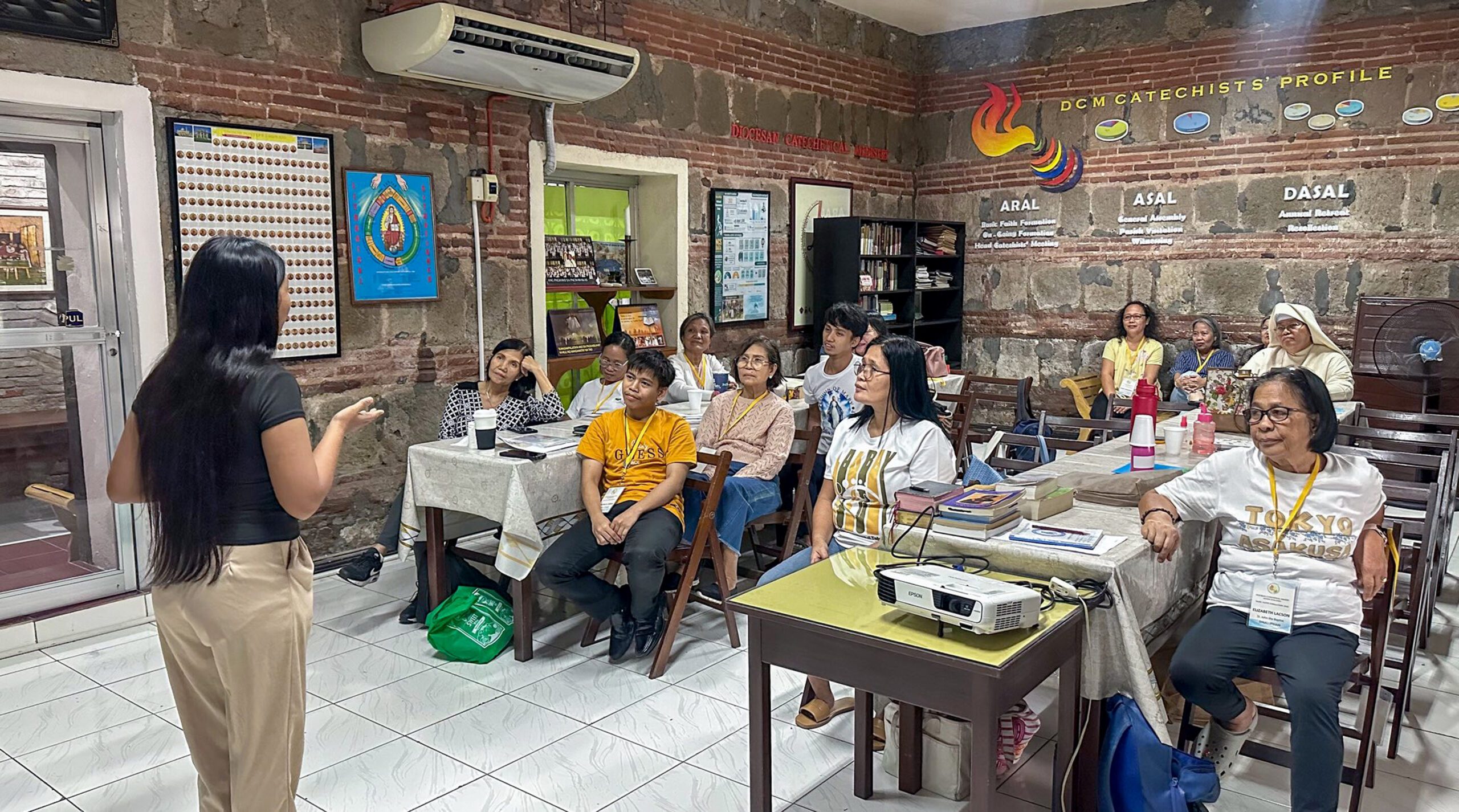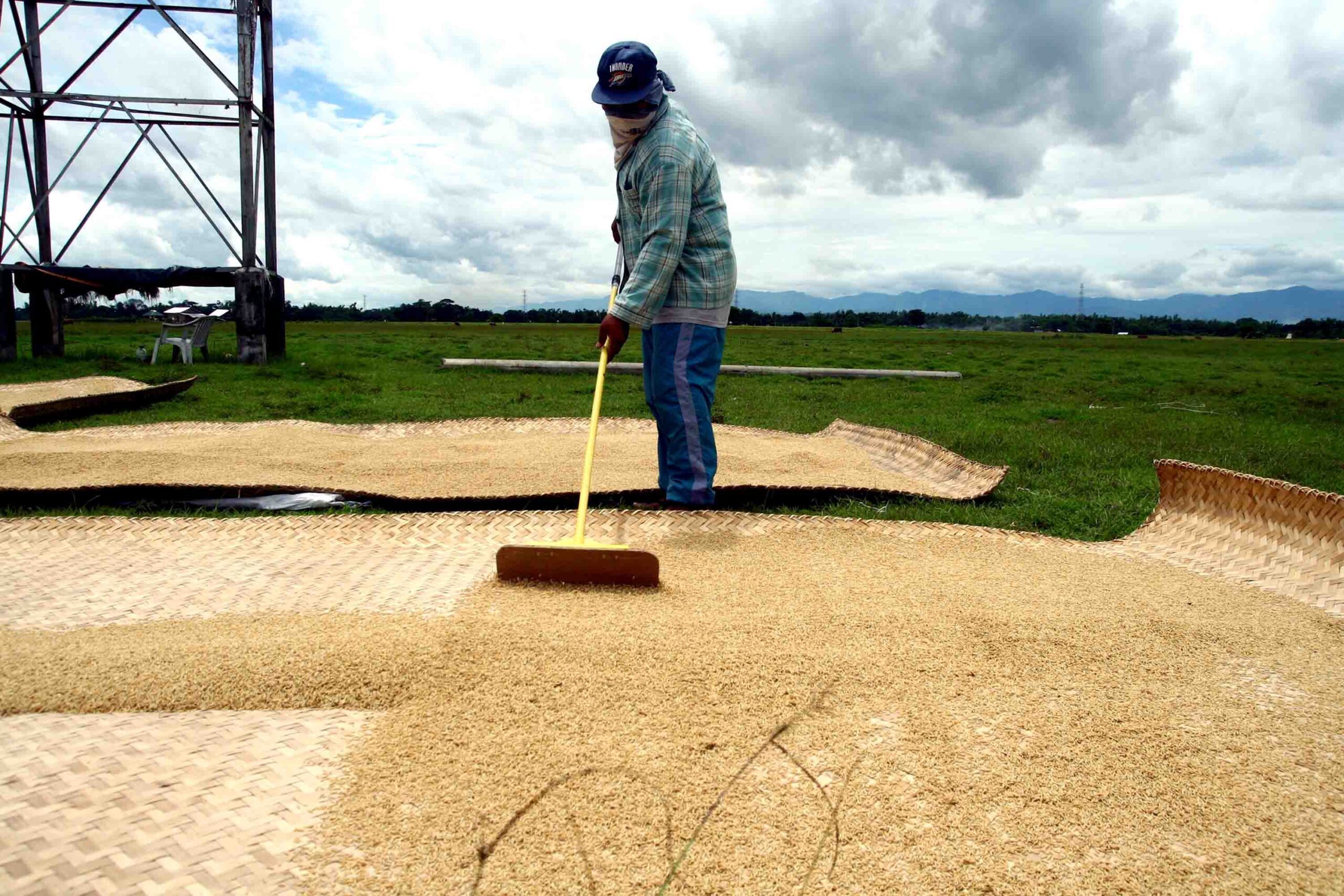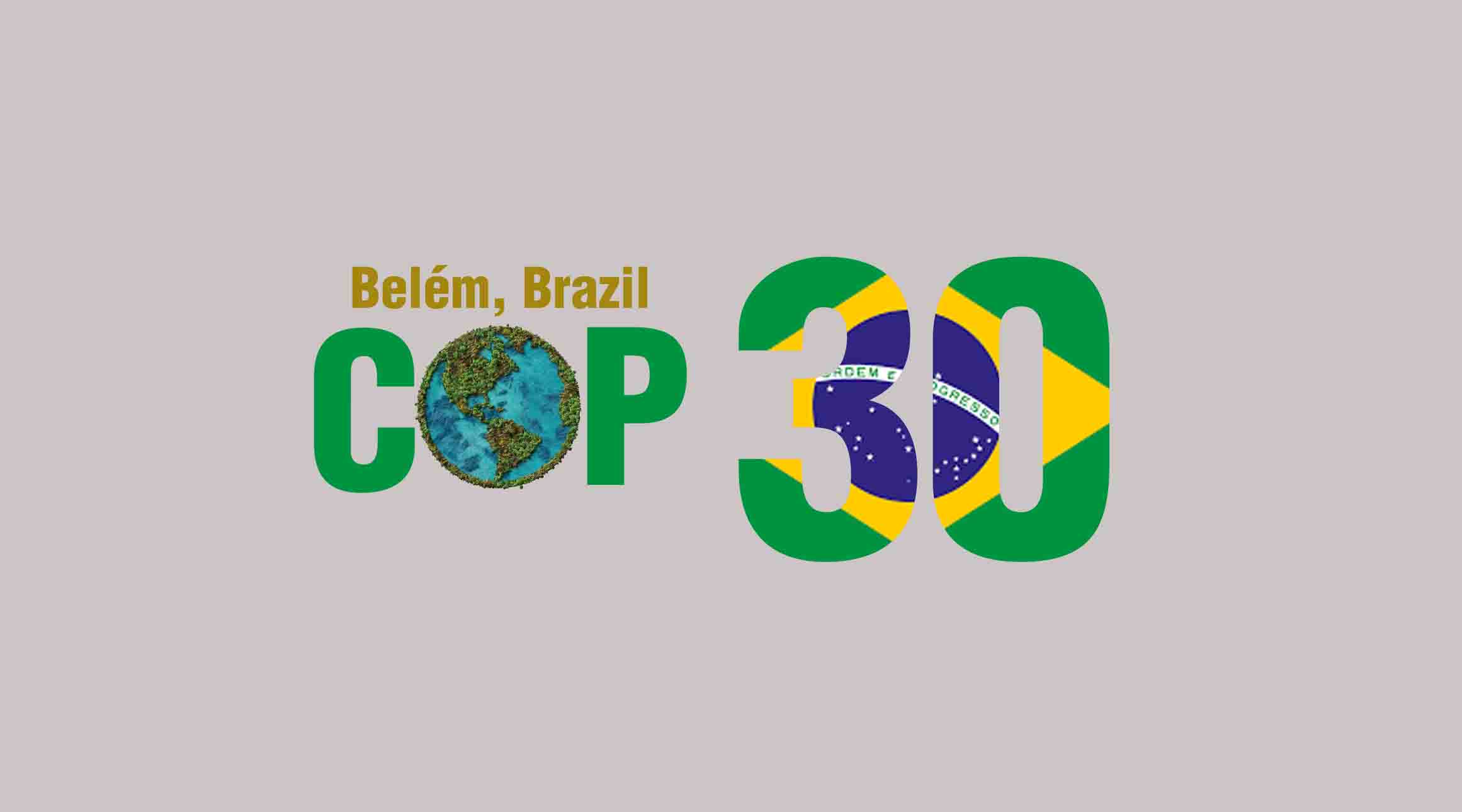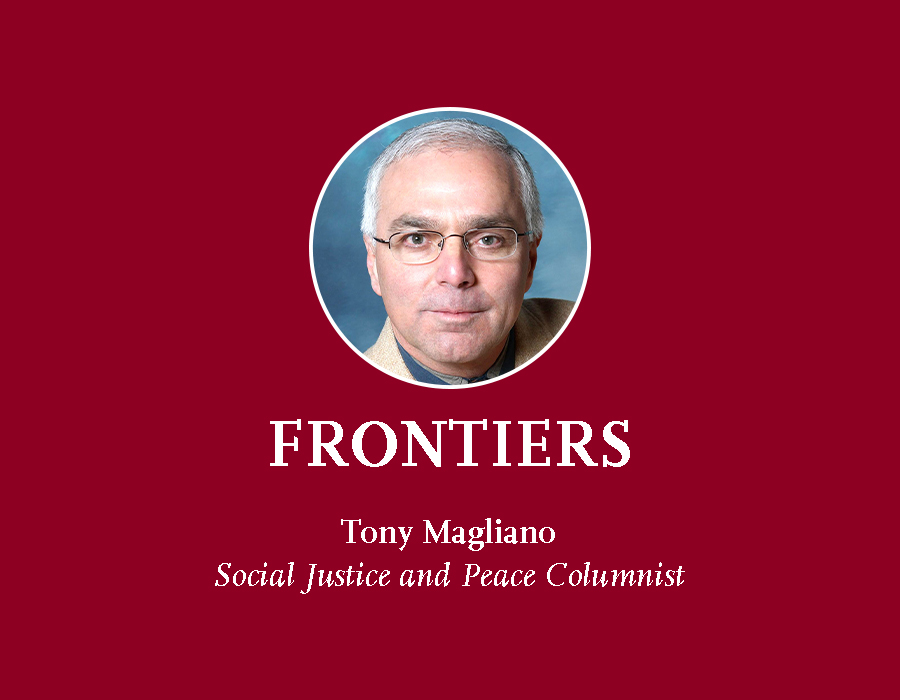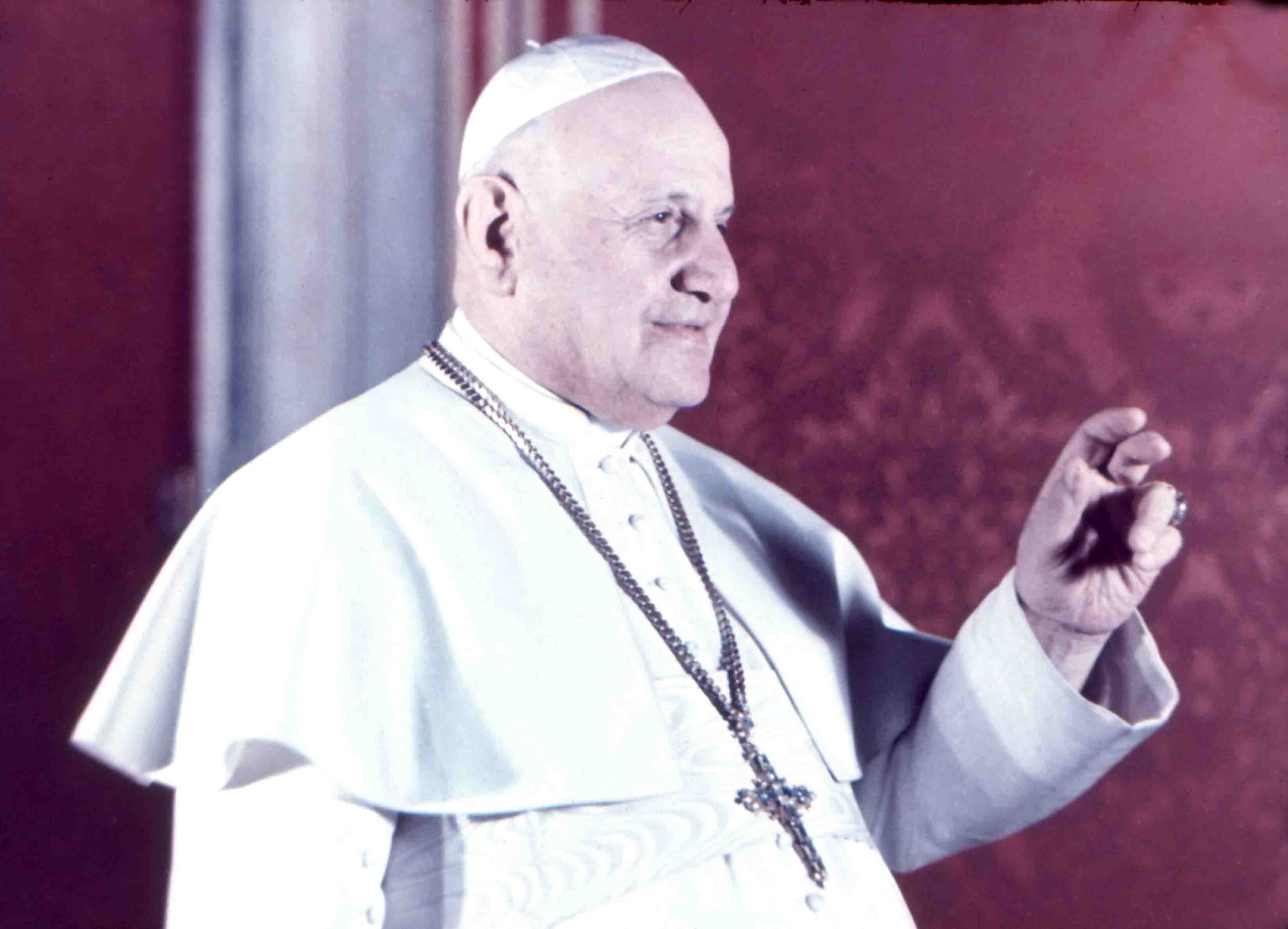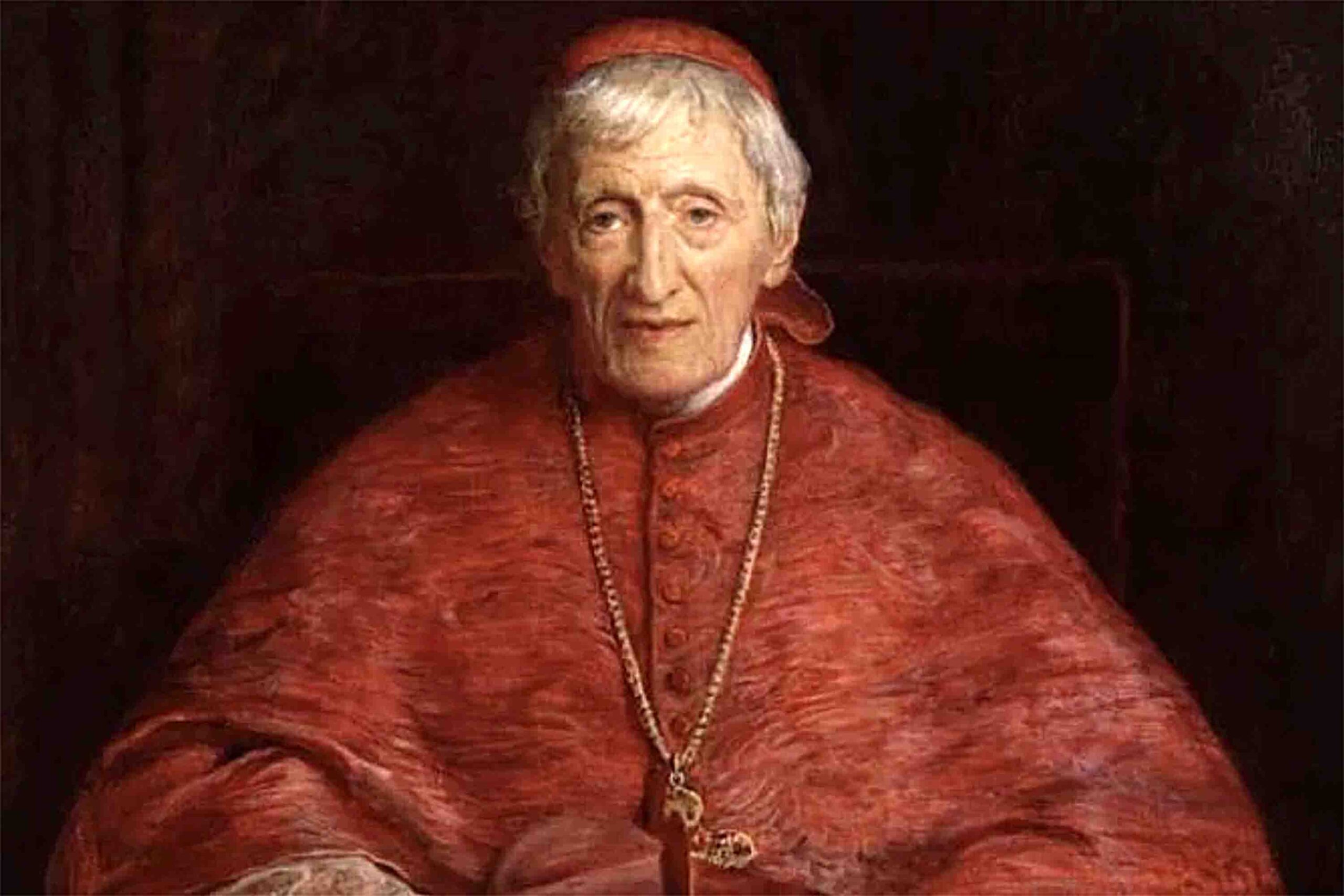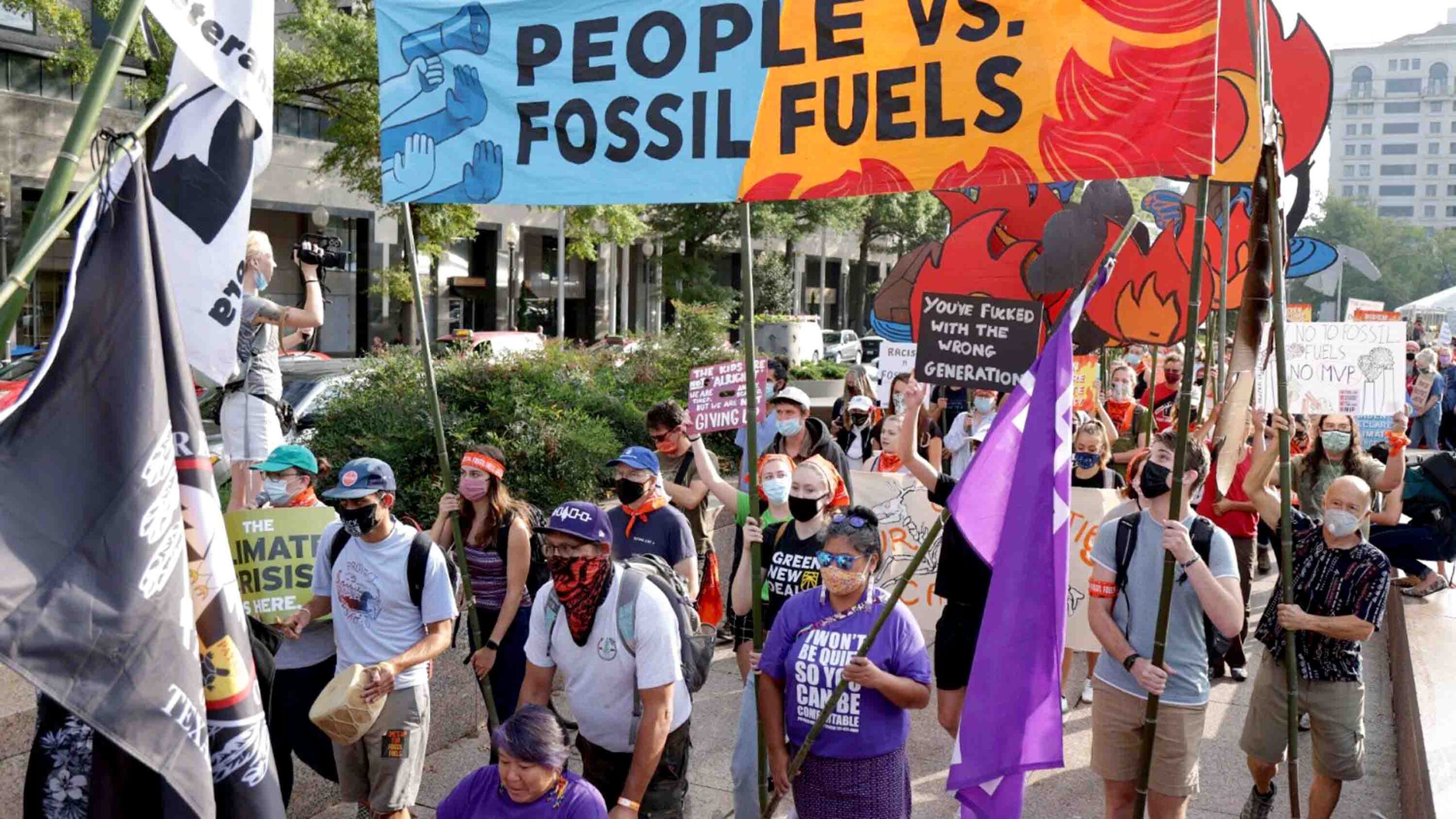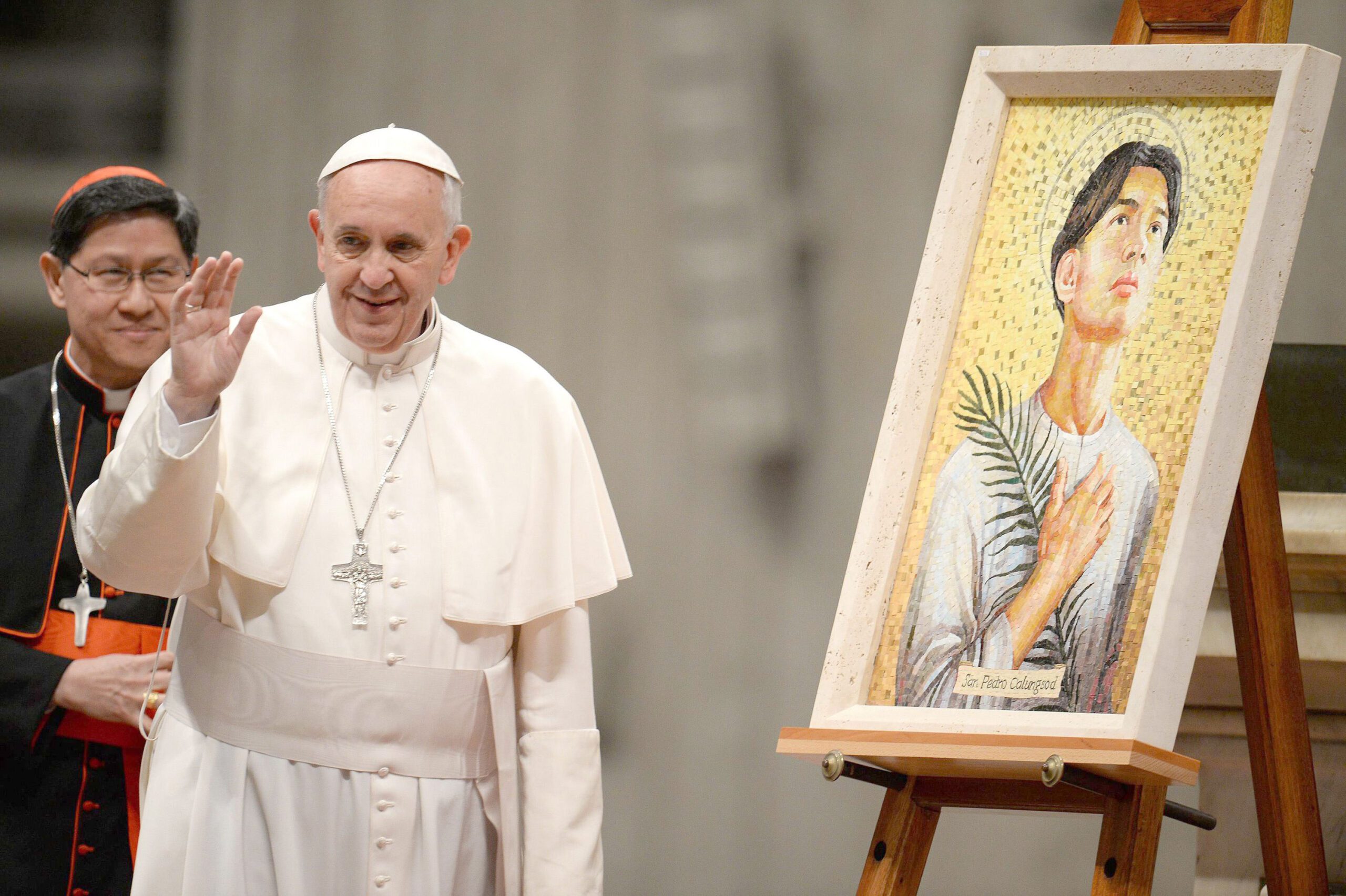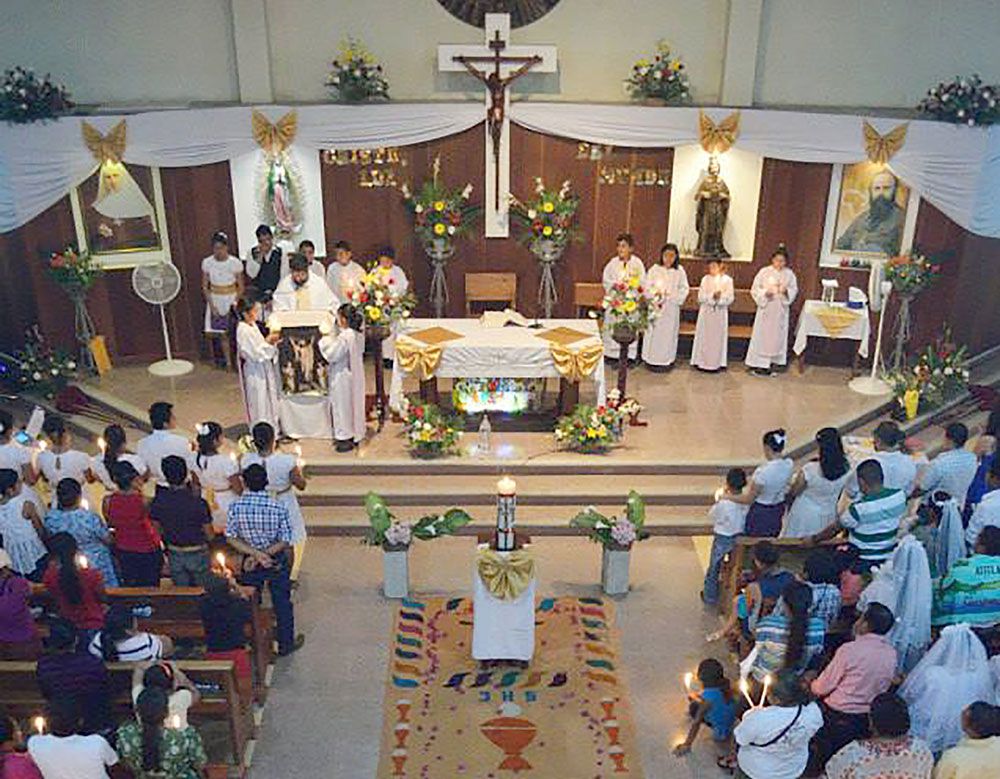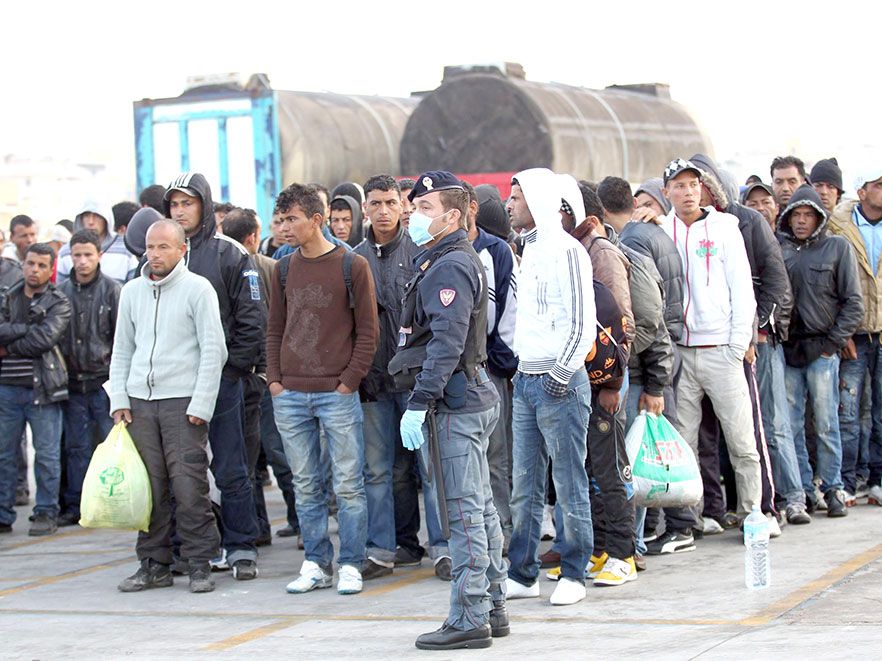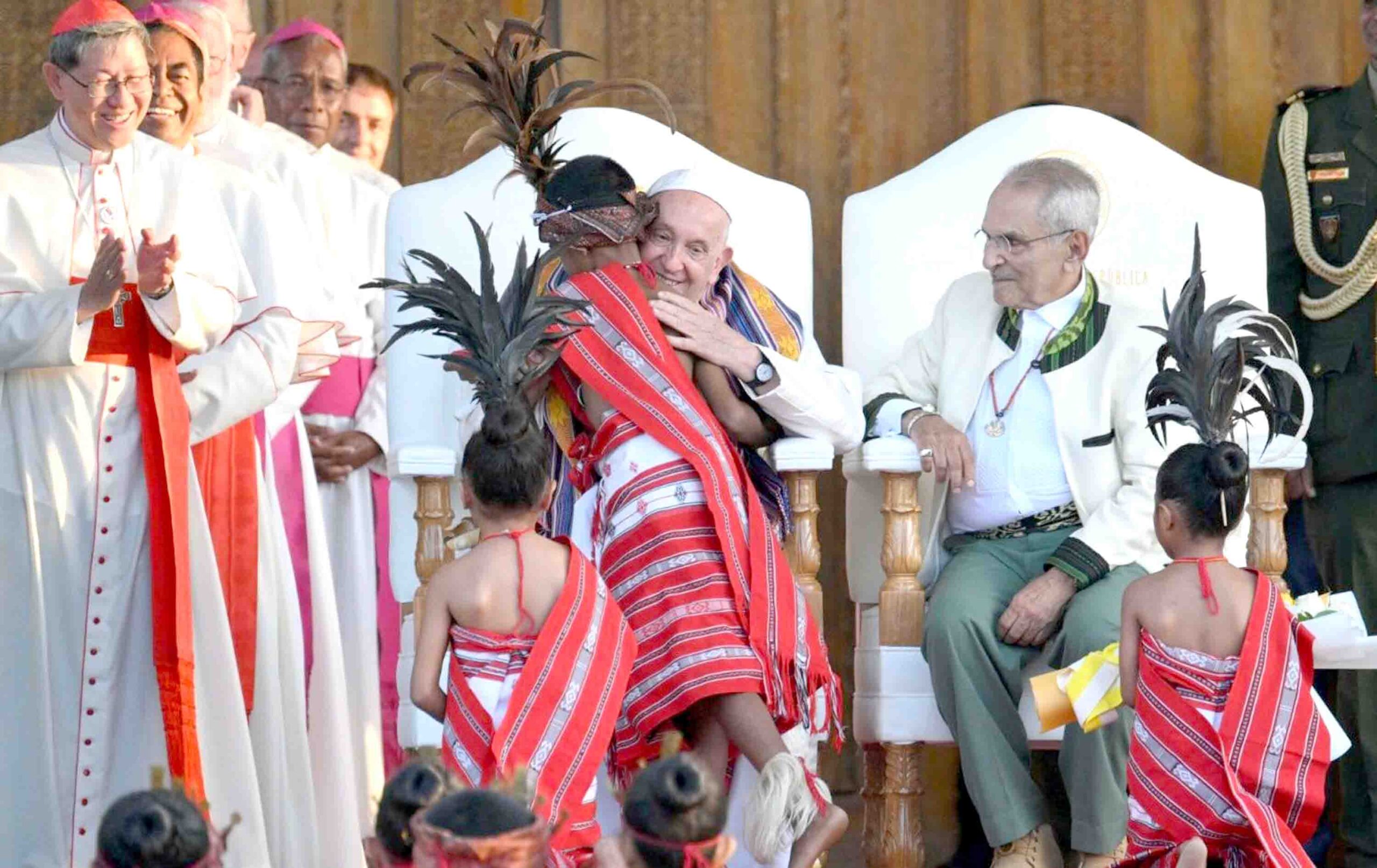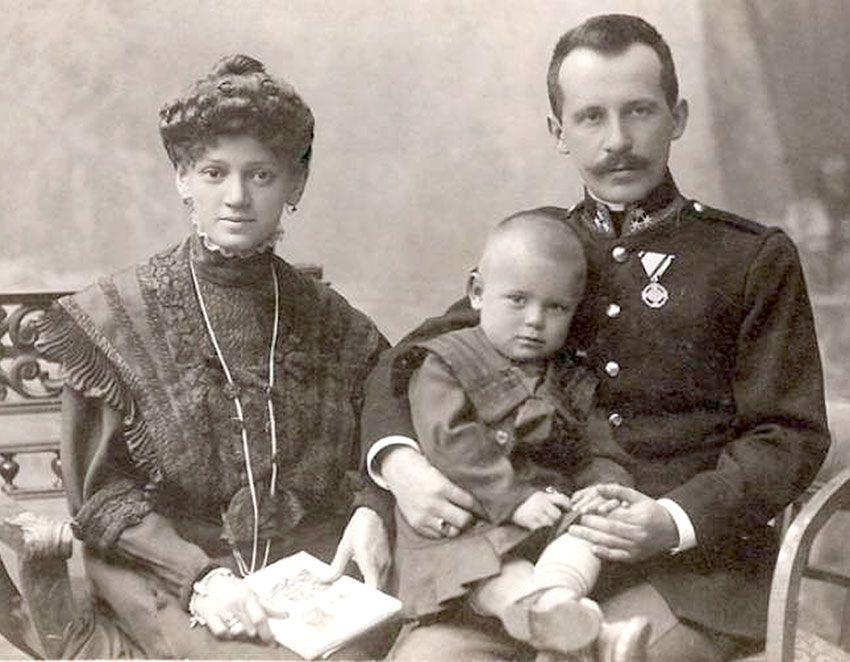Since 1605, Catholic Filipinos have become the vast majority of the population. History professor at Yale University, Edward Gaylord Bourne (1860-1908), did a thorough study of the Philippine antiquity and summarized his findings in the following: “By 1605, thanks to the missionary zeal of Spanish Augustinians, Dominicans, Franciscans, and Jesuits. Since that date, the Filipinos have been overwhelmingly Catholic in numbers, and they remain so today.”
On the total population of the Philippines, which was estimated at 115 million in 2024, there were about 85 million Filipino Catholics. This is comparing to the 70 million Catholics in the United States (population of 330 million), 50 million Italian Catholics (population of 60 million), and 30 million Spanish Catholics (population of 48 million). Brazil has 123 million Catholics, making it the largest Catholic country in the world (cf. Annuario Pontificio).
In 2019, the papal nuncio to the Philippines said at a Holy Mass in Puerto Princesa City, “Numbers don’t matter. What is important is to be faithful and bring the light of truth. And so, we shouldn’t look at numbers but at the beauty of the truth.” Then, he gave his parting words: “Christian Faith is not about numbers, size, or even popularity, but quality is of the essence.”
The beauty of the truth is centered in Christ. Recently, Pope Leo XIV told the Italian Bishops to embrace their primary responsibility of proclaiming the Gospel, saying, “We transmit the faith with Jesus at the center.” Recalling the saying of St. John Baptist de la Salle, “Your altar is the classroom,” our Augustinian pontiff told Lasallians to inspire a joyful and fruitful search for the truth while “evangelizing through education and educating through evangelization.”
In church terms, evangelization and catechesis are complementary processes in proclaiming Jesus to others, distinct within the Church’s mission. Evangelization is the initial proclamation of the Gospel, aiming to bring people to a conversion of heart leading to a personal encounter with Jesus. Catechesis, on the other hand, is a lifelong process of forming believers in the Christian faith, deepening their commitment, and nurturing their growth as missionary disciples. According to Pope Leo XIV, the center of both evangelization and catechesis is Jesus.
Taking this into consideration, the CBCP Episcopal Commission on Evangelization and Catechesis (ECEC), composed of regional coordinators, completed its planning session in Manila in July 2025. Annually, they evaluate the national program and the effectiveness of the catechetical methodology they employed. The bishops are confronted with the same problems of confused faith of the majority of our people, added to a severe shortage of catechists and the need for more professional catechists and adequate funding. Yearly, they are challenged by the question: How effective is our catechesis?
PERENNIAL CHALLENGES
In catechesis, the bigger challenge is this: To ensure that it goes beyond basic doctrinal instruction with a deeper, lifelong, and applied love for Jesus and neighbors. Given that the Sunday homily is the only source of evangelization and catechesis for many, some homilies are recycled and unprepared. Only a small percentage of the Catholic population regularly goes to church.
Nominal Catholics are rising with the tide of corruption and poverty. Millions of Filipinos remain KBLs, or Kasal-Binyag-Libing Christians. Sans judging others, there are Christians who come to church only three times in their whole lifetime: When they are hatched (in Baptism), matched (in Matrimony), and dispatched in funeral rites. Furthermore, atheism in the Philippines is a small but growing movement.
Is this indicative of a looming crisis of faith among Filipino Catholics? For the longest time, the “quintessential question of quality over quantity” (QQQQ) is nagging our bishops. In one of my encounters with students, one rose and recited a few lines solemnly spoken by one highly regarded cardinal in the movie Godfather III (1990): “Look at this stone. It has been in the water for a very long time, but the water has not penetrated it. Look, perfectly dry. The same thing has happened to men in Europe. For centuries they have been surrounded by Christianity, but Christ has not penetrated. Christ doesn’t live within them.”
One beloved archbishop corrected this, after reading the signs of the times; he declared in 2013, “It is the failure of religion to make morality and ethics the foundation of all human actions and endeavors after almost five hundred years of Gospel presence.”
The state of our pastoral affairs mirrors the current state, quite a devastating truth, of catechesis in the Philippines. I remember being so quiet and sad after Fr. Ferderiz B. Cantiller, CSsR, vocation director of his congregation, shared his thoughts with me.
He said, “I visited a national high school in one city. It was located two blocks away from the Cathedral. During my vocation promotion, going from one room to another, I found out how most of the students in Grade 10 and Grade 12 do not go to Mass on Sundays. I asked if the priests in the parish come over to say First Friday Mass. Teachers said they have difficulty with the priests because they always say they are very busy and they require a certain quota of two thousand for stipend.”
In a video message sent in April 2021, as part of our 500 YOC celebration, Pope Francis told us to allow the words of Jesus to guide us in our life and ministry, “Without cost you received; without cost you are to give,” the Holy Father reminded us.
FEW LABORERS
The first bishop in the Philippines, Dominican Bishop Domingo de Salazar wrote to the Council of the Indies in 1588, nine years after being ordained a bishop, saying that “many of those who are converted are without instruction because they have no one to give it; and because, even in the districts where there are ministers, they are so few, and the natives so numerous.”
Conversion is one thing, and sustenance in the Catholic morals and doctrine is another. Conversion is the beginning, and sustenance in faith is the middle until the end, which makes formation and Christian living lifelong tasks.
We, Filipino Catholics–like Peter crossing towards Jesus, do encounter multiple “strong winds” and personal limitations that keep us unsteady and at times confused in our faith and mission.
One bishop in Southern Luzon shared not too long ago that he has requested several religious congregations to lend some nuns to his diocese, to teach catechism in some of the many public schools identified without permanent catechists.
There is an urgency to put once again catechesis and solid formation in the long-term and result-oriented pastoral planning in the diocesan and parish levels, not with grand propaganda, slogans, and taglines but with a more sustainable, effective, and closely monitored program. The concrete result everyone anticipates is to never repeat what our bishops officially admitted in 2019. We quote:
“When people do not understand our essential doctrines as Roman Catholic Christians, we also have ourselves to blame. It could also mean we have failed in our preaching. Perhaps, we have not been effective enough in our catechesis about the Faith? Perhaps, we should find better and more appropriate ways of communicating the Faith.”
CHRISTIAN FAITH
A long time ago, I went to the office and looked for Bishop Antonio Tobias, now Bishop Emeritus, only to be told that he was out teaching Catholic catechism to the young students of the public high school of Sta. Lucia, Novaliches. I was told he did this once a week. To my mind, the bishop’s gesture was a serious non-verbal reminder to our priests that they can’t always delegate the task of evangelization and catechesis to the lay catechists. That some priestly time is supposed to be put aside for teaching catechism, regular Bible study, and adult religious education.
It would be splendid for evangelization and catechesis in public schools if 10,000 priests, 10,000 nuns, and 7,000 major seminarians—the total number of priests, nuns, and seminarians in addition to tens of thousands of professional and volunteer catechists across the archipelago—would spend at least two hours a week for this purpose. If ad intra evangelization and catechesis are priority, which is acknowledged by our bishops, shouldn’t they be a mandated part of a long-term program for each diocese?
God gave us more than what we deserved. Beyond doubt, we, Filipinos are truly blessed. We are grateful to God Almighty for the positive aspects of our rich culture, our resilience, our smile, our family, and above all our Christian faith.
Truly, we are gifted to give, biniyayaan upang magbigay. And it’s time to give without counting the cost.
José Mario Bautista Maximiano is the lead convenor of the Love Our Pope Movement (LOPM) and author of the book Church Reforms 4: Pope Leo XIV, Church Reforms, and Synodality (Claretian, 2025). Church Reforms 1, 2, and 3 are available at Lazada and Shopee. Email: jomaximiano@gmail.com

